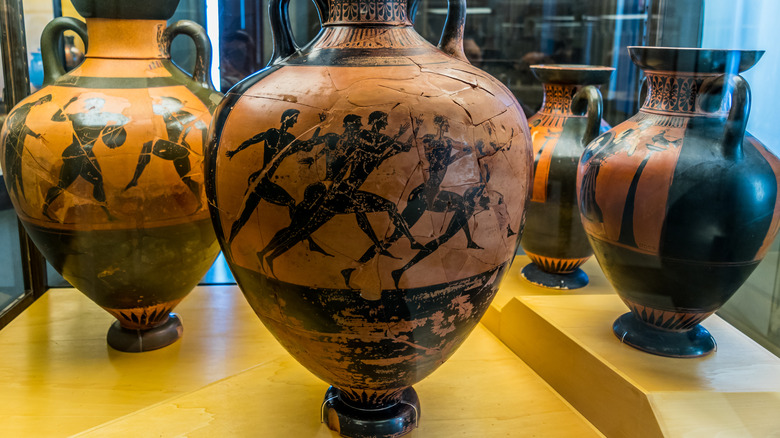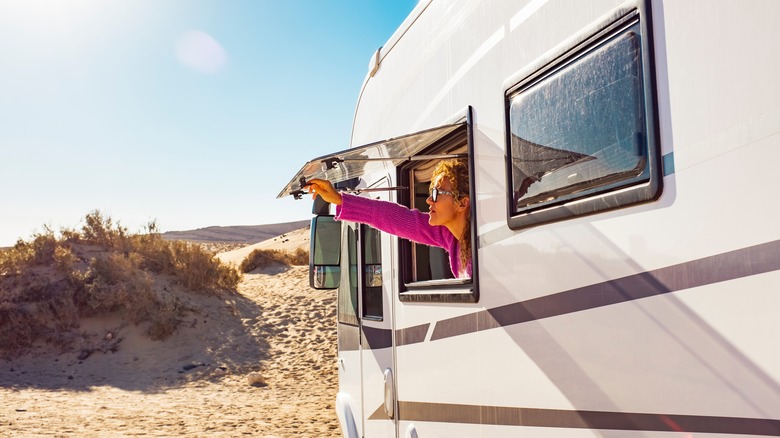Planning Planes, Trains And Automobiles
Jenna Busch
Traveling in an RV can give you a wonderful sense of freedom. You’ve got your living quarters on wheels and can travel the country to explore places that those staying in a hotel can’t quite get to. Everything you need is in your mobile space, and that’s wonderful … unless you hit a bump in the road (or a series of them), flinging items on your shelves and tables all over the place. The worst part is when you’re driving and can’t pull over for a bit to find out what that crashing sound was.
There is actually a fantastic hack for this from the blog at Camping World that won’t cost you very much at all. Not only will it help keep your items where you put them in your RV, but it works well on boats, in your home, and even secures your things during the event of a moderate earthquake. That magical item is museum putty, wax, or gel.
How the hack works

Lexcard/Shutterstock
Museum putty is very familiar to those living in an earthquake zone like Los Angeles and is easy to get online or at a home improvement store for your RV. It usually costs less than $10. There are several different brands out there under names like Quakehold, Museum Wax, or The Museum Putty. There is the opaque white kind or a clear gel, but they all do the same thing and its name is a testament to the fact that museums often use it to give items extra security against slippage.
The Arna Bontemps Museum of African American History and Culture in Louisiana explains on its website that the substance is usually made from beeswax and carnauba wax to hold items in place (along with other uses like filling in cracks and protecting from moisture). You take a small amount, roll it into a ball or rod, and put it at the base of your item (think small, breakable items, or random objects that might be sitting on countertops like picture frames, vases, or other décor). Give it a little twist back and forth to secure it, and it should be stable. Remember that if your item is fragile, you should twist it to take it off rather than just lift it. This stuff holds pretty well. It is safe for most materials, but do check the label before you use it.

